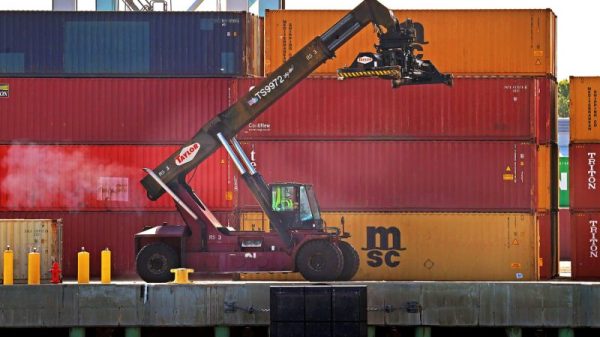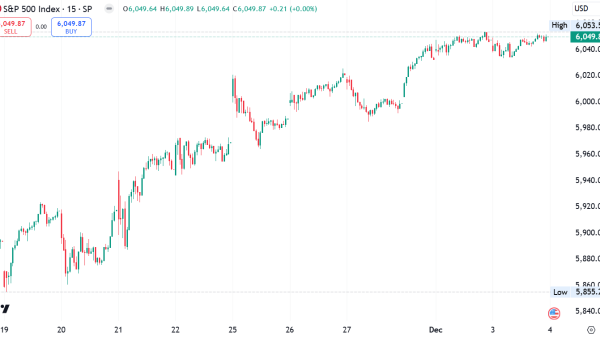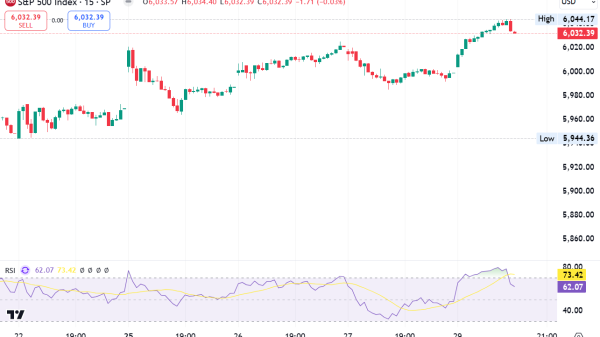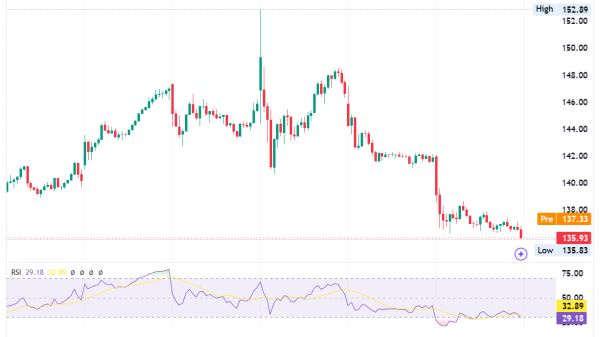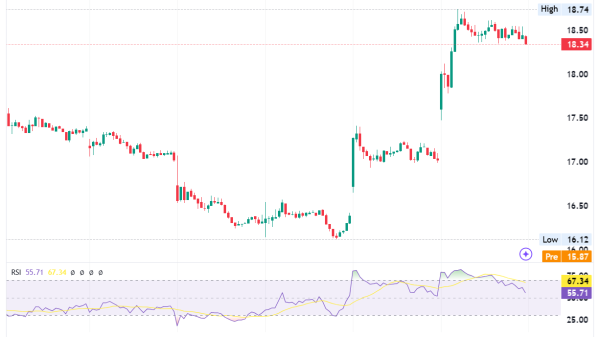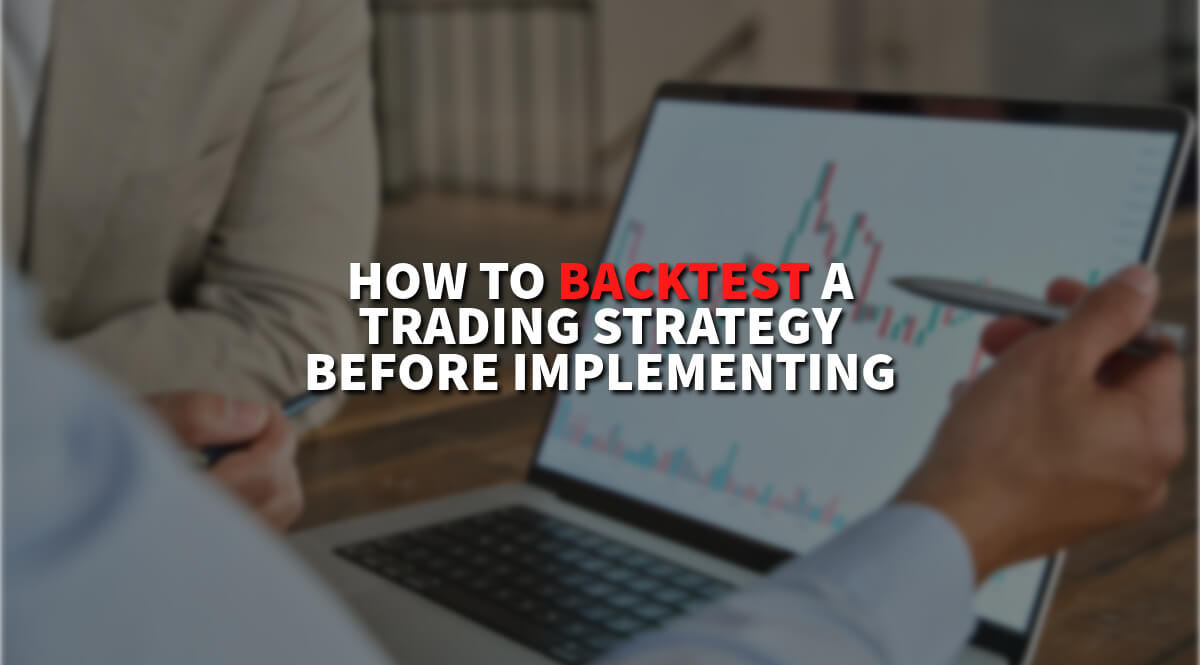How to Backtest a Trading Strategy Before Implementing
Based on historical data, backtesting assesses how well a trading strategy or analytical method could perform.
This process is vital for traders and investors to validate their strategies before risking real capital. Unsurprisingly, there are numerous questions about the topic, such as “How to backtest a trading strategy?”
First of all, backtesting helps in understanding the strengths and weaknesses of a strategy, refining it, and building confidence in its potential performance.
Steps to backtest a trading strategy
The first step is to define the trading strategy. You need to consider the entry and exit points, stop-loss levels, take-profit targets, and any other rules that govern the trading process.
Strategies can be based on technical indicators, price patterns, fundamental data, or a combination.
Select historical data:
Obtaining historical data for the asset or market you would like to backtest is important. What’s important, the data should include prices (open, high, low, close) and volumes over a relevant period. The quality of data should be high, as inaccuracies can lead to misleading results.
Pick a backtesting platform:
Use a reliable backtesting platform or software. You can select from numerous trading platforms, as many offer built-in backtesting tools.
Interestingly, specialized backtesting software or programming languages like Python can be used for more customized analysis. We also need to mention NumPy and Pandas are two popular Python libraries often used in data analytics.
Implement the strategy:
Translate your strategy into code if using a programmable platform. Ensure that all rules are accurately implemented. This step might require programming skills, especially if the strategy is complex.
Run the backtest:
Execute the backtest by running the strategy over the historical data. You need to monitor the performance metrics generated by the backtest. For instance, total returns, drawdowns, win/loss ratio, etc.
Analyze the results
Analyze the backtest results comprehensively. It is vital to check key performance indicators (KPIs) such as the Sharpe ratio, maximum drawdown, and profitability. Understand the periods of losses and gains to determine the strategy’s robustness.
Augment the strategy:
Based on the analysis, refine and modify the strategy. For example, you may need to adjust parameters, add filters, etc. Iterative refinement is vital for optimizing performance.
Forward testing:
After backtesting, forward test the strategy in a simulated environment using real-time data. This helps verify that the strategy performs well in current market conditions.
Importance of backtesting
Without a doubt, “How to backtest a trading strategy?” is an important question. However, we also need to discuss other related questions as well. For example, “What makes backtesting so important? Let’s find out!
Validation of strategy:
Backtesting validates whether a trading strategy works as intended. By applying the strategy to historical data, traders can see how it would have performed in the past, indicating its potential future performance.
Risk management:
It helps in understanding the risk factors associated with a strategy. You need to understand all risk factors related to trading.
Confidence building:
A successful backtest builds confidence in a strategy. Knowing that a strategy has historically performed well can give the trader the psychological confidence to stick with it during drawdowns in live trading.
Performance metrics:
It is practically impossible to overestimate the significance of backtesting. As a reminder, it provides critical performance metrics such as the Sharpe ratio, Sortino ratio, win/loss ratio, etc. The metrics mentioned above help compare different strategies and select the best one.
Identification of flaws:
It helps in identifying any flaws or weaknesses in the strategy. If a strategy consistently performs poorly during backtesting, it indicates that the strategy might need serious adjustments or even more drastic measures.
Optimization
By analyzing backtest results, traders can optimize their strategies. This might involve adjusting entry and exit points, changing stop-loss levels, etc.
Understanding market behavior:
Backtesting helps traders understand market behavior. It reveals how a strategy performs in different market conditions. What’s important, backtesting can help you to modify your strategy accordingly.
Avoiding overfitting:
As you can see, the list of advantages is quite impressive. Let’s continue!
Proper backtesting can help avoid overfitting, where a strategy is too closely tailored to historical data and performs poorly in live trading. Moreover, traders can develop more robust strategies by testing across various time periods and conditions.
Cost-effective:
Backtesting is cost-effective, to say the least. Great news!
It allows testing strategies without risking real money. So, you don’t have to risk your money.
Enhanced strategy development:
It fosters enhanced strategy development by providing a framework for systematic testing and refinement. Traders can experiment with different ideas and systematically evaluate their performance.
Common pitfalls in backtesting
Poor quality data can lead to inaccurate backtest results. You need to make sure that the historical data is accurate and it includes all necessary details.
Overfitting:
Overfitting occurs when a strategy is too finely tuned to historical data and fails to perform in live trading. To avoid this, test the strategy on different datasets and time periods.
Ignoring transaction costs:
Ignoring transaction costs such as spreads, commissions, and slippage can lead to overly optimistic results. Always include these costs in the backtest.
Survivorship bias:
Survivorship bias occurs when only successful securities are included in the dataset, ignoring those that failed or were delisted. This can lead to unrealistic backtest results.
Look-ahead bias:
Look-ahead bias occurs when future data is inadvertently used in the backtest, leading to unrealistic results. Ensure the backtest only uses data available up to the point being tested.
In-sample vs. out-of-sample testing:
In-sample testing uses the same data for developing and testing the strategy, leading to overfitting. Always validate the strategy with out-of-sample data to ensure robustness.
To sum up, backtesting is essential for any trader or investor looking to develop a robust and reliable trading strategy. Hopefully, it isn’t hard to answer questions like, “How to backtest a trading strategy?”
By simulating past performance, traders can gain valuable insights into the strategy’s potential success, refine their approaches, and build the confidence needed to trade effectively.
While backtesting isn’t a guarantee of future success, it is a powerful tool that, when used correctly, can significantly enhance the likelihood of achieving profitable trading outcomes.
The post How to backtest a trading strategy Before Implementing appeared first on FinanceBrokerage.








